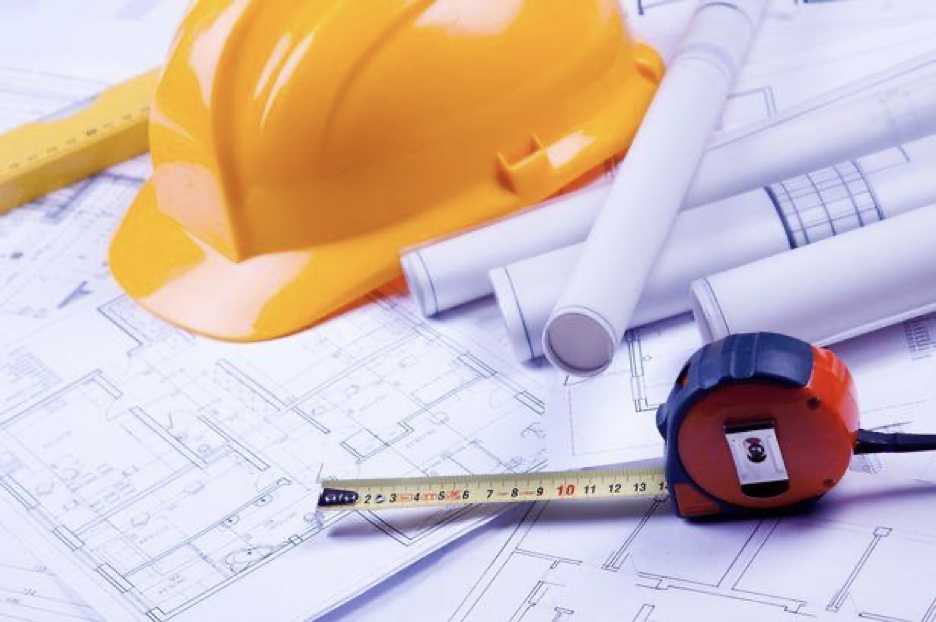
Based on statistics and data, working in the construction industry is considered one of the most dangerous professions.
It often involves physically intense manual labour, working from heights and spending time on potentially hazardous sites, which can expose workers to further risks such as falling objects or harmful substances. It isn’t uncommon for construction workers or onsite visitors to feel obliged to raise a personal injury claim in a bid for compensation due to life-changing injuries. If someone is unable to work due to a serious accident that wasn’t their fault, this can have serious consequences for you and any loved ones, so it’s an important option available to people.
However, while it is still considered a dangerous industry to work in, new safety regulations and technology have been implemented. This has improved the statistics over time, showing that things are heading in the right direction. Here’s what you need to know about the changes that have been applied in the construction industry to combat common health and safety issues.
What is the current state of safety in the industry?
According to Health and Safety Executive (HSE) data, British construction accounts for significant health and safety concerns.
For example, 69,000 workers suffered work-related ill health. Meanwhile, there were 45 fatal injuries and 53,000 non-fatal injuries between 2022 and 2023 alone. Other concerns include musculoskeletal disorders and mental health issues, which were prominent among those working in the construction industry.
Has health and safety improved?
Fortunately, due to stringent health and safety regulations in recent years, the number of accidents and injuries has improved in recent years. For example, the Construction (Design and Management) Regulations (CDM), introduced in 2015, were put in place to improve the situation. Notable actions included the designation of a health and safety coordinator onsite, as well as thorough plans being put in place.
How can technology help?
Beyond site inspections and audits, technology has been leveraged to improve safety onsite. The use of drones to inspect sites has been key to this, as hazards can be identified and mitigated in advance. Smart PPE such as smart helmets can also be used to help supervisors stay on top of any hazards. Improved communication has been key to keeping remote workers especially, safe onsite. Tracking technology also assists this, allowing supervisors to track a person’s location instantly.
3D visualisation can be used to familairise workers with their surroundings and become aware of any hazards before entering the site themselves. Meanwhile, software and digital portals can help construction companies track their safety performance with regular reports on how this is going while identifying areas for improvement.
Do you work in construction? What changes have you noticed when it comes to improving health and safety on site?
Interesting Related Article: “Safety Tips for Construction Workers to Prevent Injuries“
